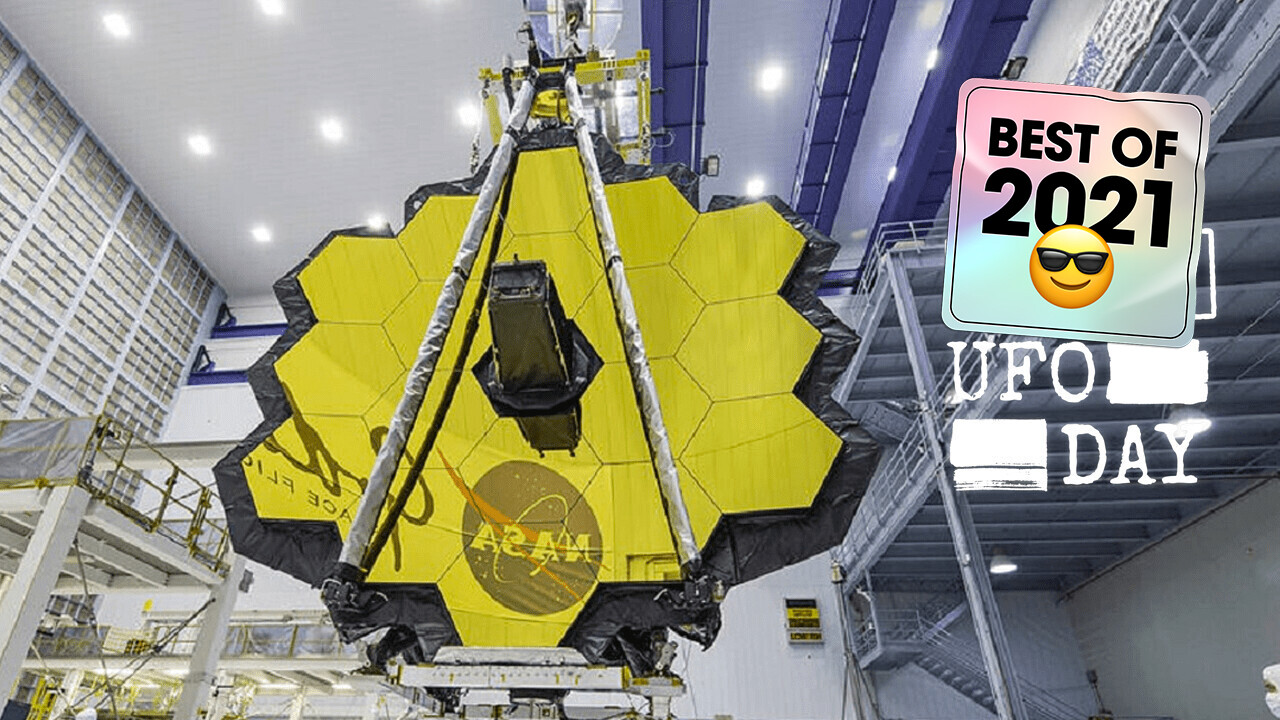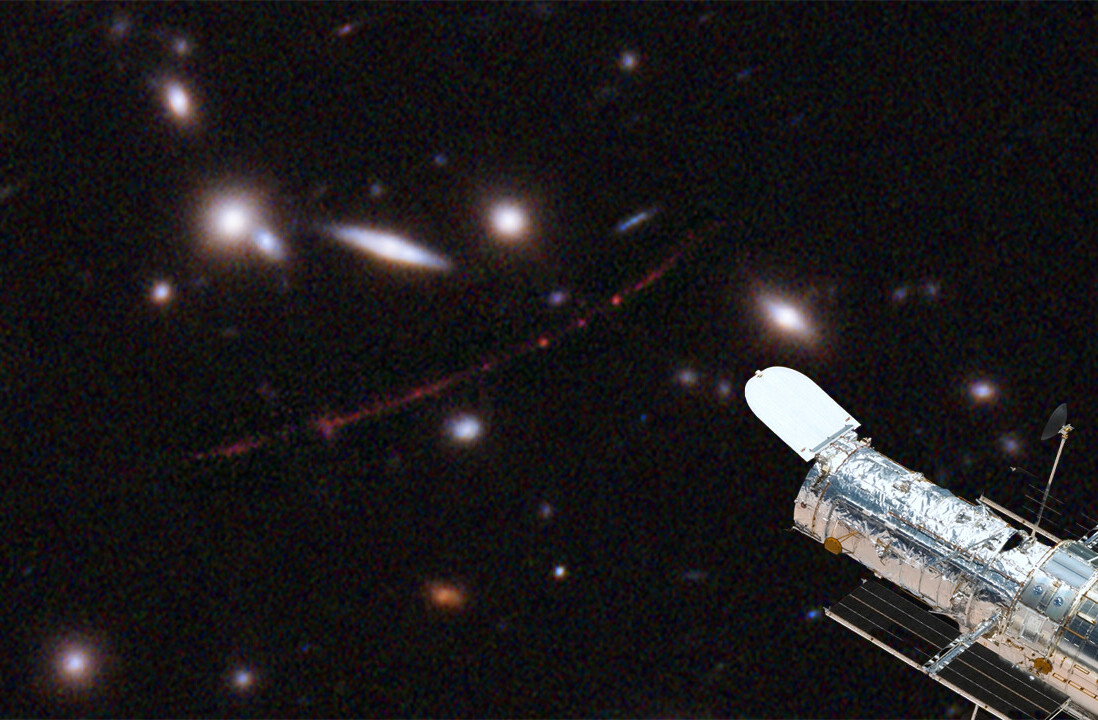
NASA’s James Webb Space Telescope (JWST) is set to launch real soon — on December 25 at 07:20am EST (12:20 GMT/UTC) to be precise — and the scientific community is buzzing with anticipation. Some scientists are excited at the prospect of ‘traveling through time’ to discover the origin story of our universe, while others hope it’ll help us connect the dots between classical and quantum physics.
But at least one researcher believes the JWST could be a harbinger of ill tidings. In an interview over the weekend, world-renowned physicist Michio Kaku, one of the scientists responsible for string theory, told the Guardian that he didn’t think humans should contact any aliens we find. Here’s the relevant snippet:
Soon we’ll have the Webb telescope up in orbit and we’ll have thousands of planets to look at, and that’s why I think the chances are quite high that we may make contact with an alien civilization. There are some colleagues of mine that believe we should reach out to them. I think that’s a terrible idea. We all know what happened to Montezuma when he met Cortés in Mexico so many hundreds of years ago.
It’s interesting that Kaku would bring up Montezuma and Cortes in the context of first contact. As legend has it, Montezuma II accidentally ceded the entire Aztec empire to Cortes, a Spanish Conquistador, over a language misunderstanding.
According to historians, Montezuma II told Cortes he’d been keeping the Aztec throne warm for him, but he meant it in a bragging sarcastic way. Cortes apparently didn’t get the tone, and the rest is history.
It seems like Kaku’s warning is that, were we to find and contact aliens, Earthlings could be the Aztecs and aliens would be the Spaniards. Maybe we send a message such as “we come in peace” when we discover them and the aliens interpret it to mean “come rule us.” It could happen.
We could engage in endless conjecture when it comes to discussing what might happen if/when we discover alien life. Instead, let’s just take a moment to state some key facts about the JWST so we can see how they tie into what we might find, ET-wise, when it gets where it’s going:
- It’s 100X more powerful than Hubble and uses infrared scanning technology to see things further away and with greater detail
- It will scan thousands of potentially habitable worlds for signs of life, something Hubble wasn’t designed to do
- If everything goes according to plan: it’ll reach its destination, calibrate its sensors, and be fully-operational by May 2022
NASA’s sending the telescope to the second Lagrange point (L2). This is a special place where the telescope can stay in line with the Earth while it orbits around the sun 1.5 million kilometers away from home. The Hubble, on the other hand, just hung out right above our planet a mere 547 kilometers away.
Thanks to this incredible vantage point, the JWST will allow us to see and study the cosmos in new and exciting ways. The JWST will allow researchers to study the origins of the universe and, with any luck, find planets in our galaxy capable of supporting life. And that means we could, hypothetically, discover aliens with it as early as next year.
What would that mean? We have no way of knowing what kind of aliens we might discover. Perhaps they’ll be amoeba-like. Or maybe we’ll find a fledgling planet where flora and fauna flourish, but intelligence hasn’t evolved yet. And, yes, it could even mean we find intelligent life. The only thing we can know for sure is that any life we do manage to find should be very, very afraid.
Nearly every civilization that’s inhabited Earth either warred with other civilizations or was dominated by one or more that did. Even today, Earth is inhabited by 8 billion people who exist under a planet-wide policy of mutually assured destruction.
NASA is a government entity of the US, a country that’s currently fighting the longest war in its history. Objectively speaking, almost everything about the state of our world indicates violence is inevitable where humans are involved. If we meet an intelligent species, we’re likely to go to war.
And the prognosis is even worse for any unintelligent life forms we come across. More than 41,000 species on Earth are currently endangered. In order to protect any alien critters we meet from our ceaseless destruction, we’ll need to treat their worlds with far greater reverence and respect than we do our own.
Still, there’s no guarantee there’s any life out there. And even if there is, it could still take decades, centuries, or millennia for us to venture out far enough or develop the right technology to find it. But if there is, and they aren’t powerful enough to stop us from doing what we always do, here’s hoping we don’t find them until we learn how to be better neighbors to everyone, ourselves included.
Get the TNW newsletter
Get the most important tech news in your inbox each week.




